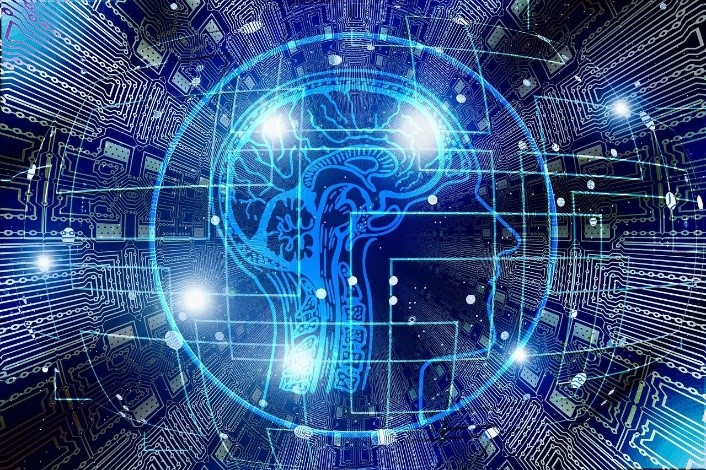Did you know that many people use the words “data” and “information” in the same way because they think that the terms are interchangeable? However, there is a difference in the meaning.
“Data can be any character, text, word, number, picture, sound, or video and, if not put into context, means little or nothing to a human. However, information is useful and usually formatted in a manner that allows it to be understood by a human. Computers typically read data. Through the use of formulas, programming scripts, or software applications, a computer can turn data into information that a human can understand.”
The term “data” is derived from the Latin term “datum” which refers to “something given”, whereas “information” originates from the Latin word “informare”, which refers to “give form to”. Information is a form of data which is processed, organized, specific, and structured.
In other words, data are gathered facts that are raw and random. Once these facts are processed and interpreted they become information.
(source: https://www.computerhope.com/issues/ch001629.htm)
Applied to patient data in health care, how can data be interpreted and used to increase patient satisfaction and empower patients? That’s where health care IT comes in.
With the growing use of digital health devices providers are able to process data and use it to improve the patient experience. Sharing of relevant data is a key element to provide better patient care.
(source: https://www.reactiondata.com/data-vs-information/)
As stated by the The American Health Information Management Association (AHIMA), “improving the quality of data, information, and knowledge in the U.S. healthcare system is paramount as we transition from paper to electronic health records. Many errors and adverse incidents in healthcare occur as a result of poor data and information. In addition to threatening patient safety, poor data quality increases healthcare costs and inhibits health information exchange, research, and performance measurement initiatives.”
Everyone involved with documenting or using health information is responsible for its quality. According to AHIMA’s Data Quality Management Model, there are four key processes for data:
- Application-The purpose for which the data are collected
- Collection-The processes by which data elements are accumulated
- Warehousing-The processes and systems used to store and maintain data and data journals
- Analysis-The process of translating data into information utilized for an application
(source: http://bok.ahima.org/doc?oid=101304#.WgHVs4iDMdU)
But the challenge not only lies in using all the data-turned-information to improve care and overall patient health. Ensuring security and privacy is a top concern of health care organizations, not to mention dealing with the increase in ransomware attacks and breaches.
Many health care providers are aligning workflows with data collected in order to improve treatment plans. Correct data in the hands of trained professionals can help both patients and doctors create high quality care at lower costs.
However, the security of digital health data has not kept up with the growth of digital data. To ensure patients and their data are safe is a huge issue for many organizations. One breach can cost an organization $1.7 million!
That’s why our experts designed the Privacy&Security Solutions Toolkit as a simple and affordable monthly subscription service to comply with your organization’s challenges. Learn more at
https://primeauconsultinggroup.com/privacy–security-solutions.html











